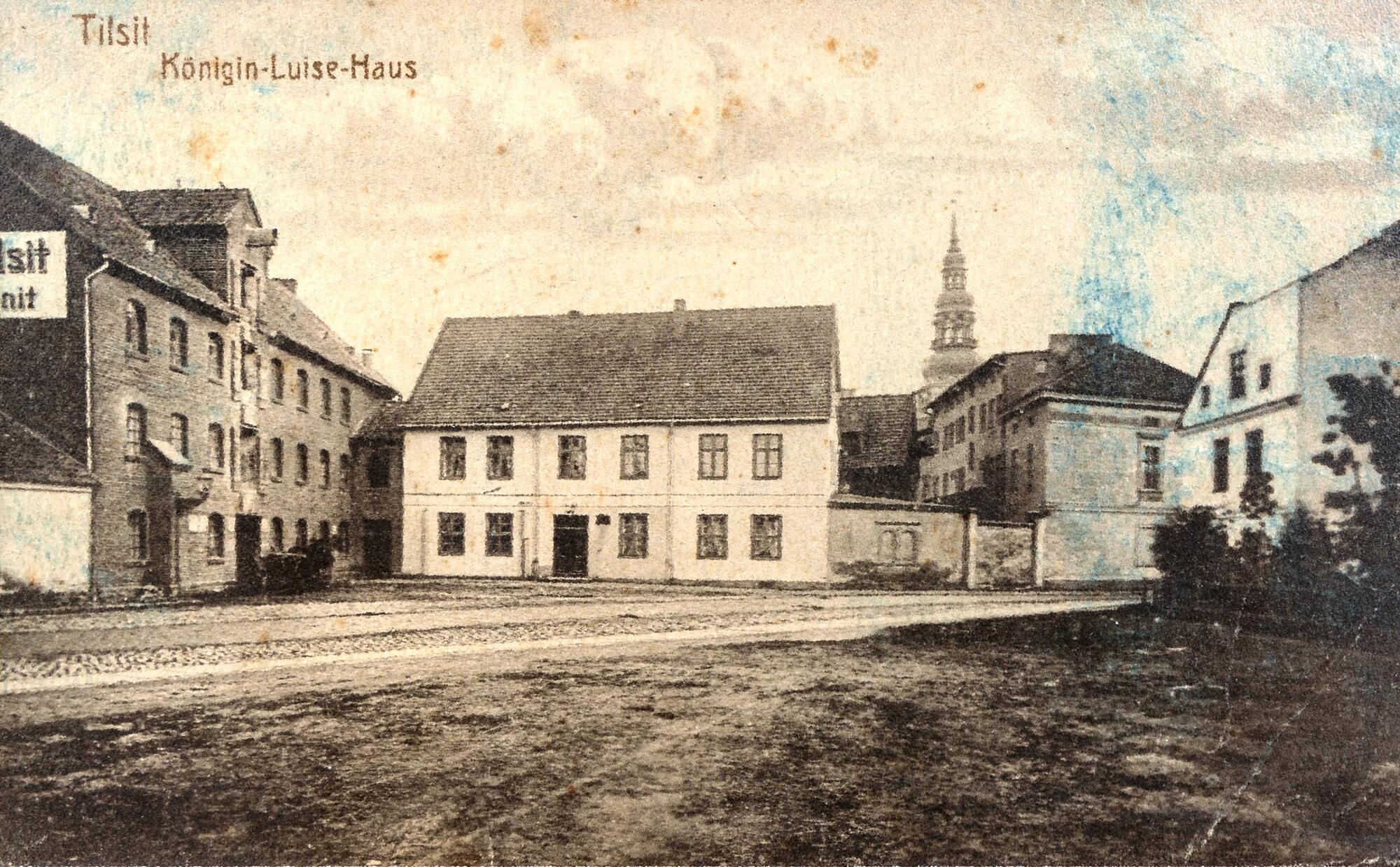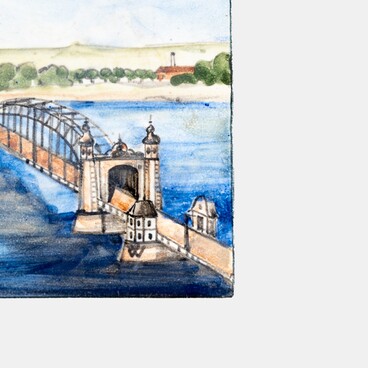The King and Queen of Prussia stayed at the house of the miller Hubert at 11 Schlossmühlenstrasse (later 4 Ludendorffplatz) throughout the peace negotiations in Tilsit. Queen Louise and Napoleon met there on July 6, 1807. The house was later marked with a bust of Queen Louise and a commemorative plaque. The building, which was located in the area of today’s Zhukova Square and the streets of Bazarnaya and Shevchenko, has not survived.
Louise came to Tilsit from Pictupönen (now Pictupėnai, Republic of Lithuania, a small village 12 kilometers from Sovetsk), Friedrich William’s headquarters, where she stayed in the parsonage, Alexander I’s former apartment. At first Emperor Alexander lived in Pictupönen, but Napoleon managed to persuade him to move to Tilsit. Friedrich William was given an apartment at the miller’s. But every evening after negotiations, he returned to his home in Pictupönen, so as not to be Napoleon’s guest. By doing so, he gave both emperors even more opportunities to strengthen their friendship in the format of bilateral negotiations. Louise also preferred not to stay in Tilsit in the evenings and returned to Pictupönen for an overnight stay each time.
According to Denis Davydov’s memoirs, “the King of Prussia moved to Tilsit on the 16th and from that day he often spent time with Alexander and Napoleon — except for evening conversations. The queen arrived on the 25th, only two days before the conclusion of peace.” Queen Louise, who initially seemed apolitical, changed her political consciousness considerably during 1804. Her carelessness turned into a sense of responsibility, her indifference to politics into a commitment to the welfare of Prussia. Although as crown princess she was forbidden to interfere in public affairs, she felt obliged to participate in the important decisions dictated by the times.
As early as 1806 –1807, Queen Louise began to grasp the collapse of
the old Prussian army, the utter failure of the army and the constant financial
difficulties of the state, which demanded renewed action. At this historic
moment, Louise joined the progressive forces of Prussia. It was a fairly small
group of people who were involved in initiating the most important reforms in the
country. The army and education, as well as agrarian, administrative,
financial, governmental, urban and many other equally important sectors were in
need of change.


